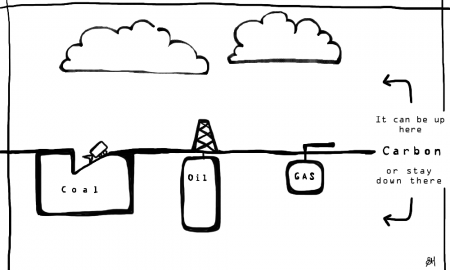Reporting on SaskPower’s proposed $1.24 billion project to capture and store carbon dioxide from the Boundary Dam coal power station in Saskatchewan, many news sources have described the technology as ‘clean coal’.
There is no such thing.
Even if a power plant could be built that separates 100% of the carbon dioxide from its emissions and then buries them forever, there will still be lots about coal that is far from clean. There is coal mining, which kills thousands of people a year and contaminates land and water supplies. There are the particulate emissions from coal plants, which cause many human deaths. There are other toxic emissions from coal plants, including mercury, radioactive materials, and nitrogen and sulphur oxides (which cause acid rain and other problems). There is toxic coal ash that is left over after combustion, and which many countries store in sub-standard ways.
Even if climate change were not a problem, we would want the world to be moving away from toxic, dangerous, dirty coal. That said, given that countries like China and the United States have large coal reserves and that there is strong political pressure to keep burning the stuff, it does seem sensible to allow coal power companies to develop and deploy CCS technology, provided that it can be shown to be safe and effective. It is the companies and the people buying power who should pay for the deployment of such technology, however, since they are the ones who are harming everyone else with toxic and greenhouse gas pollution.
